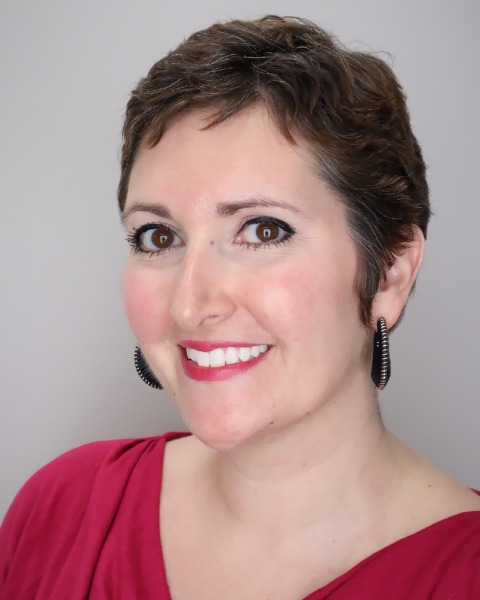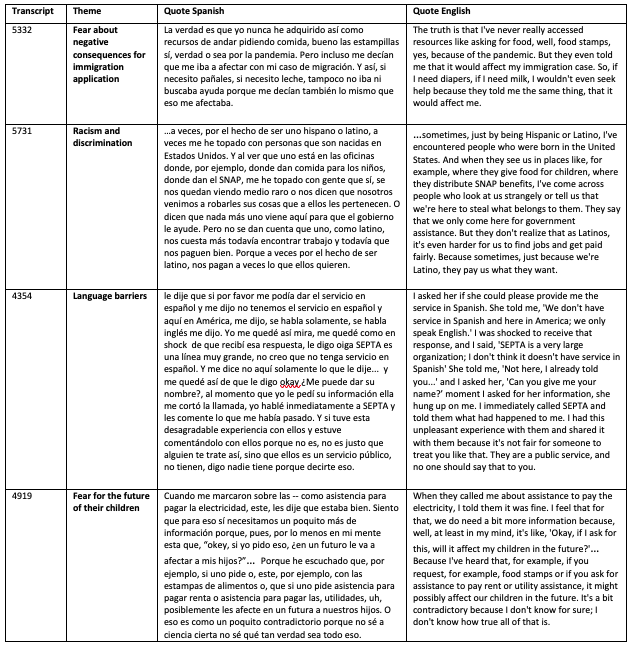Health Equity/Social Determinants of Health
Session: Health Equity/Social Determinants of Health 10
352 - Muchas veces no nos atrevemos a ir a pedir ayuda: Spanish-speaking caregiver perspectives on addressing health-related social needs
Sunday, May 5, 2024
3:30 PM - 6:00 PM ET
Poster Number: 352
Publication Number: 352.2078
Publication Number: 352.2078

Danielle Cullen, MD, MPH, MSHP (she/her/hers)
Assistant Professor
Children's Hospital of Philadelphia
Philadelphia, Pennsylvania, United States
Presenting Author(s)
Background: Spanish-speaking caregivers are consistently underrepresented in pediatric clinical research, including studies aimed at addressing health-related social needs (HRSN). Identifying barriers to social resource access among diverse patient-family populations is critical to the success of these programs and reducing disparities in HRSN.
Objective: This qualitative study aims to explore barriers to social resource access among Spanish-speaking caregivers enrolled in a larger trial focused on social care integration in the pediatric healthcare setting.
Design/Methods: Caregivers of pediatric patients were enrolled at two primary care clinics and one emergency department affiliated with a large pediatric healthcare system. A hybrid random-purposive sampling strategy was used to ensure representation across key demographics and intervention conditions. An interview guide and codebook were developed based on the Integrated Behavioral Model (IBM). Telephone interviews were conducted in Spanish by two native Spanish speakers and were recorded and transcribed verbatim in Spanish. Content analysis with constant comparison was used to code interviews inductively and identify emerging themes. The codebook was maintained in English, however the coding itself was conducted using the original Spanish transcripts. This deliberate choice was made to safeguard the fidelity and richness of the data.
Results: Thematic saturation was reached after conducting 11 interviews in Spanish. Several prominent barriers to accessing resources emerged within the Spanish-speaking community, including 1) concerns about the potential impact of resource utilization on their immigration status, 2) fears that accessing these resources could have adverse consequences for their children, 3) language barriers when searching for resources and interacting with non-Spanish-speaking resource staff in identifying resources, and 4) experiences of discrimination and racism when attempting to access community resources.
Conclusion(s): While many themes found in the overarching study resonated with this participant population, Spanish-speaking caregivers revealed several unique and noteworthy concerns. Despite these challenges, there was high levels of reported trust in healthcare providers and most of the interviewed caregivers indicated comfort with the idea of receiving community resource information from their doctor’s office. The experiences of this substantial and expanding demographic group should be given thoughtful consideration when developing HRSN programs in pediatric settings.

